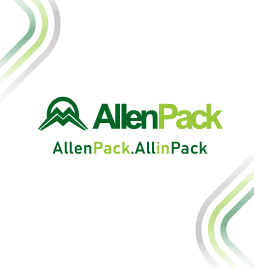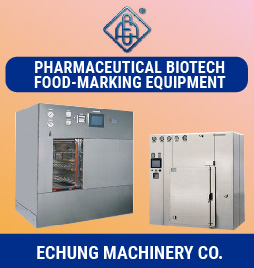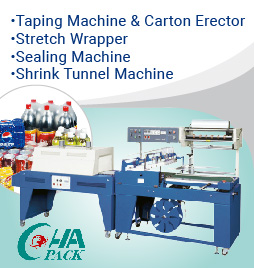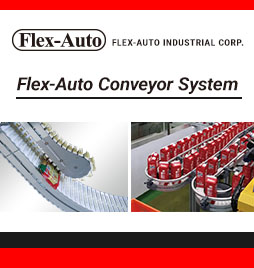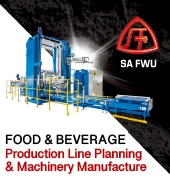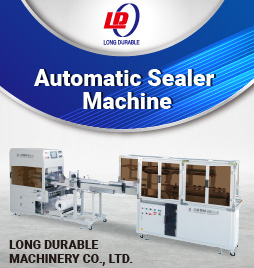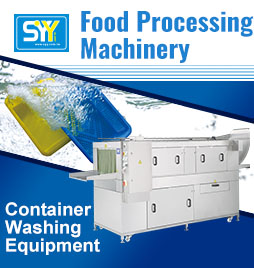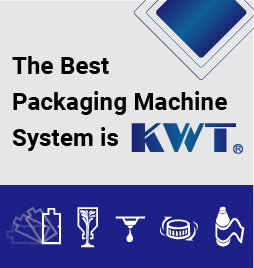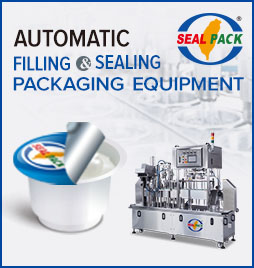PRINTING of digital and traditional packaging
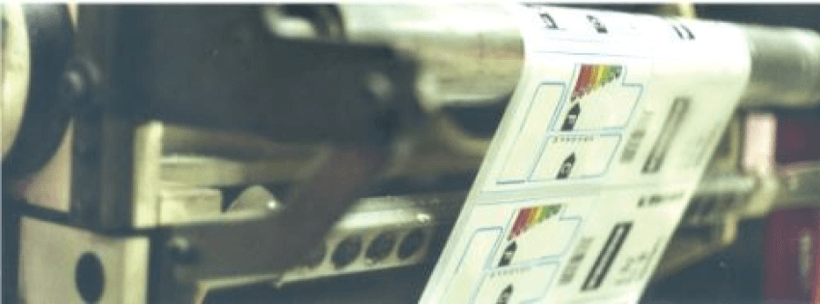
Although digital printing has established its value in the traditional areas of the graphic arts sector, its adoption has been slower in the packaging industry with the exception of the label market, which began to adopt digital printing technologies from relatively early on. - Michael Seidl
* Consultant in Innovations of packaging. [email protected]
The cause is not a single factor: there were no relevant digital systems. The requirements that affect the packaging sector are completely different from those of the traditional printing industry, while the actors of the packaging sector, which is slightly more conservative, have taken a little more time to adopt the digital future than their counterparts, which are dedicated to commercial printing. However, the trend starts to reverse.
More and more producers and customers recognize the advantages of digital packaging printing and begin to implement this technology. Undoubtedly, one of the "decisive moments" was the now legendary Coca-Cola campaign: share a Coca-Cola. Just a few months after the brand's innovative idea of printing names on cans, Ferrero followed his example with variable labels for Nutella cans.
-Trends in packaging-
From the consumers’ point of view, the selection has considerably expanded and brands seek to differentiate themselves from the competition in order to a gain market share. Packaging plays an increasingly important role in attracting customers in the line where the final purchase decision is made. Consequently, packaging must influence customers and appeal to all their senses.
The packaging market is still marked by integration and consolidation. Overcapacity and the resulting price war are the order of the day. The growth of the entire sector really depends on the behavior of the consumer, and their purchasing decisions usually depend on complex graphic representations and color at the sales outlet. Therefore, a high investment in added-value processes by packaging converters is necessary in order to create an outstanding packaging, opsinaEduard Fischer, executive director of Schwarzach, explained.
-Advantages of digital printing for packaging-
The current media fragmentation causes consumers to be constantly bombarded with information and messages that they usually ignore on a routine basis. Packaging is undoubtedly one of the latest media that continues to capture the attention of consumers. But to achieve this, the products must be differentiated in the linear, and brand managers respond with increasingly more product cycles and more relevant packaging, which also contributes to smaller batch sizes, shorter production times and greater demand for digital printing technologies.
What also arouses more interest in digital printing are the developments in the demographic profile, including greater numbers of one-person households with purchase behaviors different from those of large families both from the point of view of quantities and of budget. In addition, the homes of the generation of more than 50 years make specific demands on packaging. And consumers are more attentive to the environmental, cost and comfort aspects. For packaging producers, this means managing an increasing number of small orders. Delivery times are getting shorter and production planning becomes more complex.
-Flexible packaging-
The flexible packaging market is important and will continue to grow in the digital area during the next five years, However, it is also subject to social change (mainly due to external mobility). People eat and drink while moving around (nomadic mobility). Flexible packaging gains popularity and is progressively replacing rigid packaging. Particularly in the food sector, flexible packs are easy to handle and meet the requirements of the current trend of less waste and a lower environmental footprint, while it is also not possible to ignore the comfort factor in this segment.
Digital printing gives manufacturers of flexible packaging the opportunity to expand the business. The formula is very simple: packaging of high quality, along with digital production and punctual deliveries.
The colorful world of folding boxes. Digital printing remains a relatively new proposal on this market sector within the packaging, despite the fact that there are many excellent examples of possible applications. The folding box industry tends to use technology for small and differentiated runs. Another possible application is the runs that are printed before or after large conventional runs. The digital printing of folding boxes is still considered an area where the first adopters prevail, in other words, these are the users who have identified the trends and developed the first applications.
Peter Sommer from Elanders, Germany, represents a good example of this, who—along with Ritter Sport chocolate—carried out a fascinating project. A special website was designed where consumers could order customized packaging for their Ritter Sport chocolates. The company paid off, since customers were willing to pay a lot more for this chocolate. The project also achieved the recognition of Mediaware in Ireland, which implements packaging projects for Microsoft. Currently, there are several projects of this nature as brand managers begin to recognize their hidden potential, while printers help them to develop their creative ideas.
-Corrugated cardboard packaging-
To date, companies that process corrugated cardboard have been very slow to adopt to digital printing technologies, except for those that use flat systems. However and until now, this is due more to the fact that there were not too many systems available on the market that could be used for corrugated cardboard.
And the major players in the sector clearly see the advantages of being able to respond to market demands more quickly and being able to offer a higher level of service. The use of digital technology also helps to optimize work processes and, potentially, to redesign production centers following the principle of using the right technology for the right job.
-The world of digital labels-
More and more label printers are recognizing that digital printing can be used as a complement to long runs of flexography or offset printing. It is also possible to quickly modify the designs. In practice, label design is almost comparable to fashion design. Some wine bottles are true style icons. The next digital wave is already on the horizon: flexible packaging, folding boxes and corrugated cardboard will follow the same trend.

